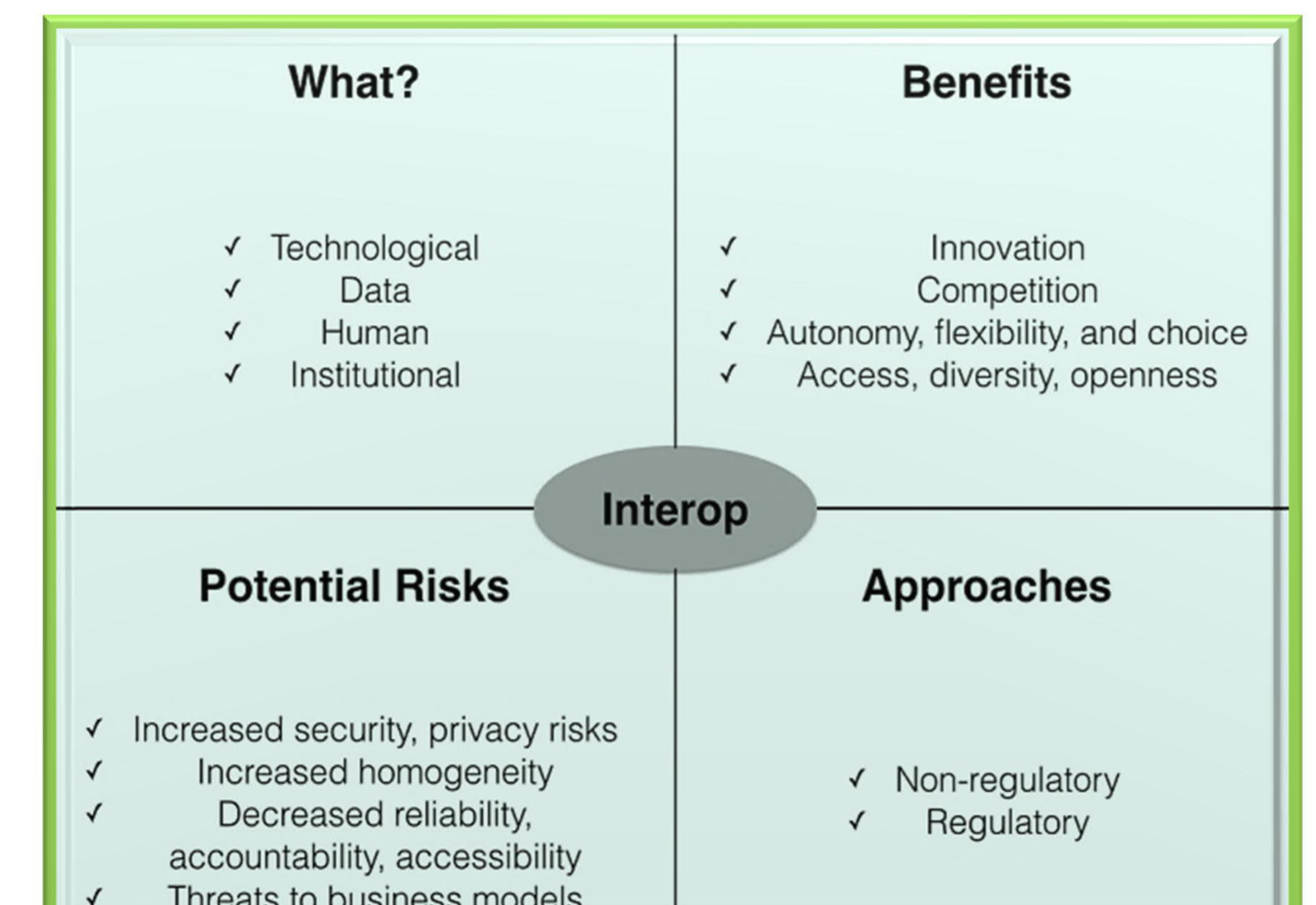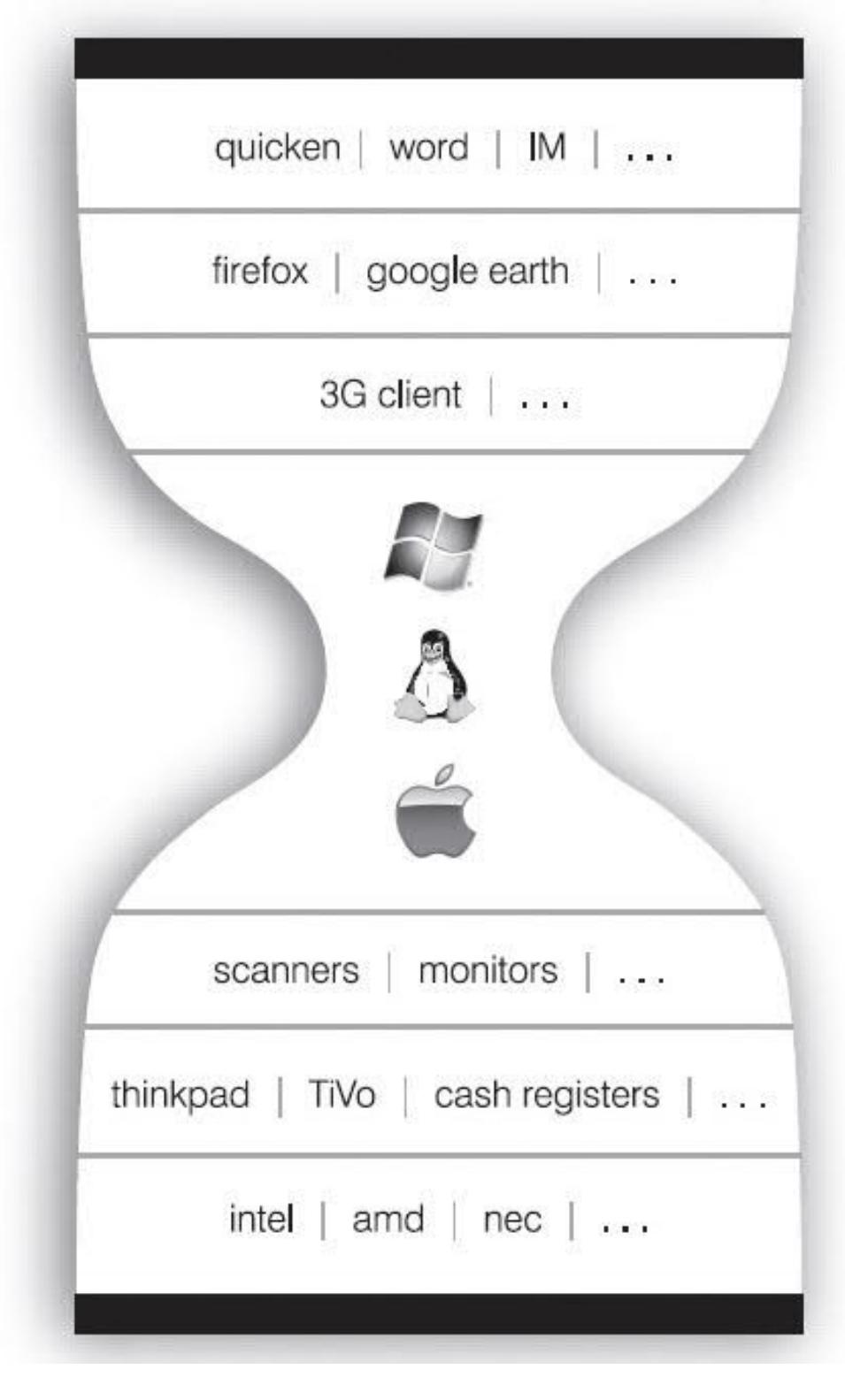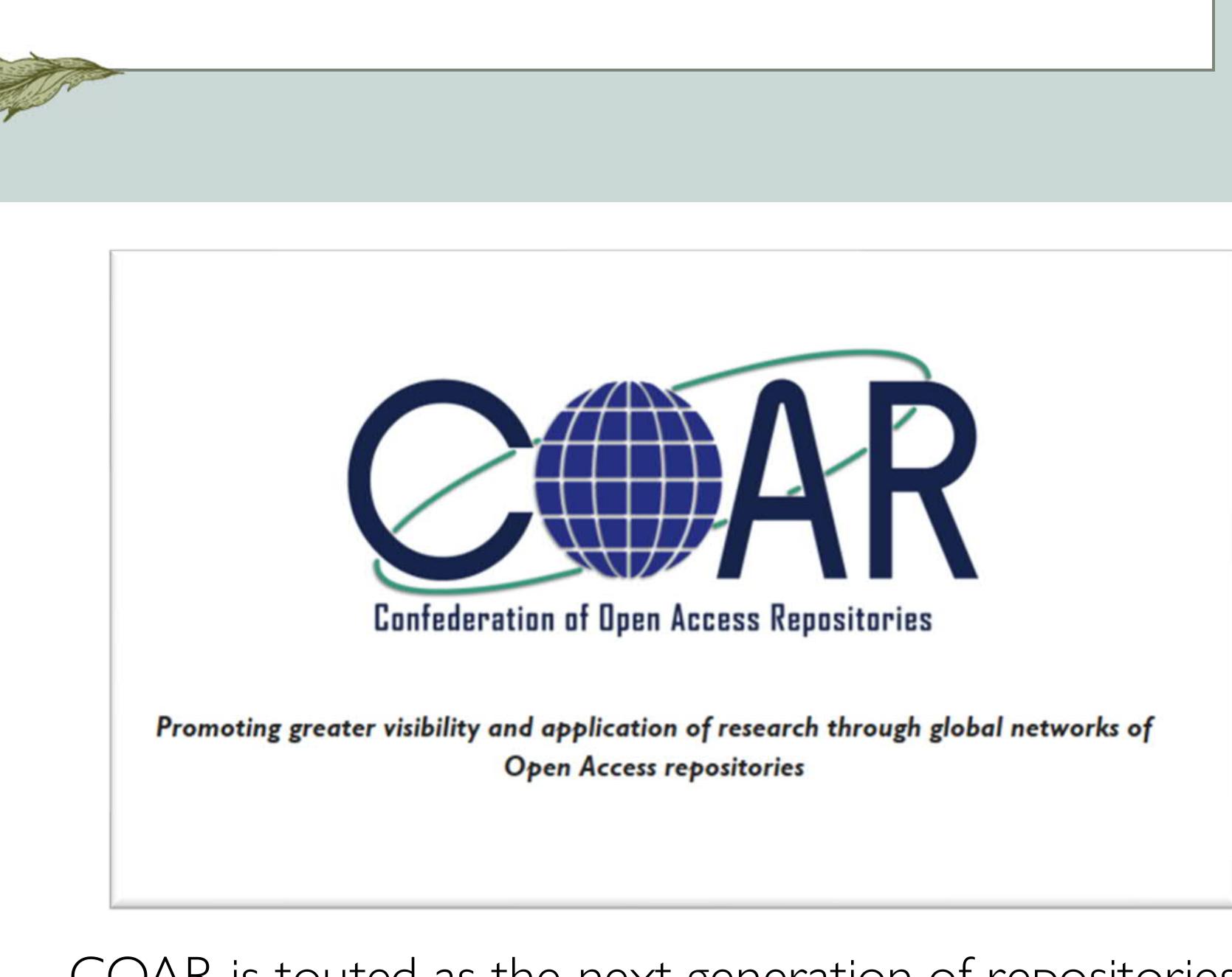The Twin Peaks of Interoperability and Generativity
2022
Abstract
It deals with the critical concepts of Interoperability and Generativity and how they complement each other. Both are composed of several layers entailing different types of interconnections and linkages that have made the current technological boom possible. The material is based on the work of Jonathan Zittran, John Palfrey, Urs Gaser, and David Weinberger.
FAQs
AI
What are the main drivers behind interoperability in technology?
The study reveals that consumer expectations for seamless operation drive interoperability, prompting tech firms to adopt standard protocols. This trend has led to smoother communication across complex networks, enhancing user experience and system interaction.
How does generativity influence the use of technology over time?
Research indicates that generativity enables technology to adapt for unanticipated uses, fostering innovative applications. This adaptability is crucial for maintaining relevance in a rapidly evolving digital landscape.
What are the key criteria for evaluating generative systems?
The criteria for generativity include leverage, adaptability, ease of mastery, accessibility, and transferability. Each of these factors helps determine a system's effectiveness and user engagement.
How does the Internet impact the economics of anticipation in libraries?
The Internet has disrupted traditional anticipation strategies by fostering a proliferation of formats, complicating resource discovery. Consequently, libraries face the challenge of preserving interoperability over time amidst continuous digital evolution.
What are the privacy concerns associated with interoperable systems?
Interoperable systems present privacy risks primarily due to their implementation specifics rather than interoperability itself. High interconnectivity increases vulnerability to data breaches and intrusive tracking, raising significant security issues.
References (10)
- The following books and articles were consulted to set the context of this presentation (references are given in the APA style). Most of the ideas are shamelessly borrowed from Weinberger (2019), Palfrey & Gasser (2012), and Zittrain (2009). References to the images are hyperlinked in the individual slides themselves.
- Gasser, U. & Palfrey, J. G. (2012). Interop: The Promise and Perils of Highly Interconnected Systems. Basic Books.
- Gasser, U., & Palfrey, J. G. (2008). Breaking Down Digital Barriers: When and How ICT Interoperability Drives Innovation. SSRN Scholarly Paper No. 1033226. https://doi.org/10.2139/ssrn.1033226
- Gasser, U. (2015). Interoperability in the Digital Ecosystem. SSRN Scholarly Paper No.2639210. https://doi.org/10.2139/ssrn.2639210
- Zittrain, J. (2009). The Future of the Internet: And how to stop it. Caravan Books. http://nrs.harvard.edu/urn-3:HUL.InstRepos:4455262
- Zittrain, J. (2006). The Generative Internet. Harvard Law Review, v. 119. http://nrs.harvard.edu/urn-3:HUL.InstRepos:9385626
- Weinberger, D. (2019). Everyday Chaos: Technology, Complexity, and How We're Thriving in a New World of Possibility. Harvard Business Review.
- Greengard, S. (2021). The Internet of Things, Revised and Updated edition. MIT Press.
- MacFarquhar, L. (2018). The Mind-Expanding Ideas of Andy Clark. New Yorker, Apr 2 issue.
- Clark, A., & Chalmers, D. (1998). The Extended Mind. Analysis, 58 (1), 7-19. http://www.jstor.org/stable/3328150
 Shakeeb Arzoo
Shakeeb Arzoo

























